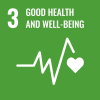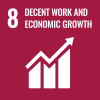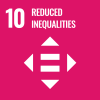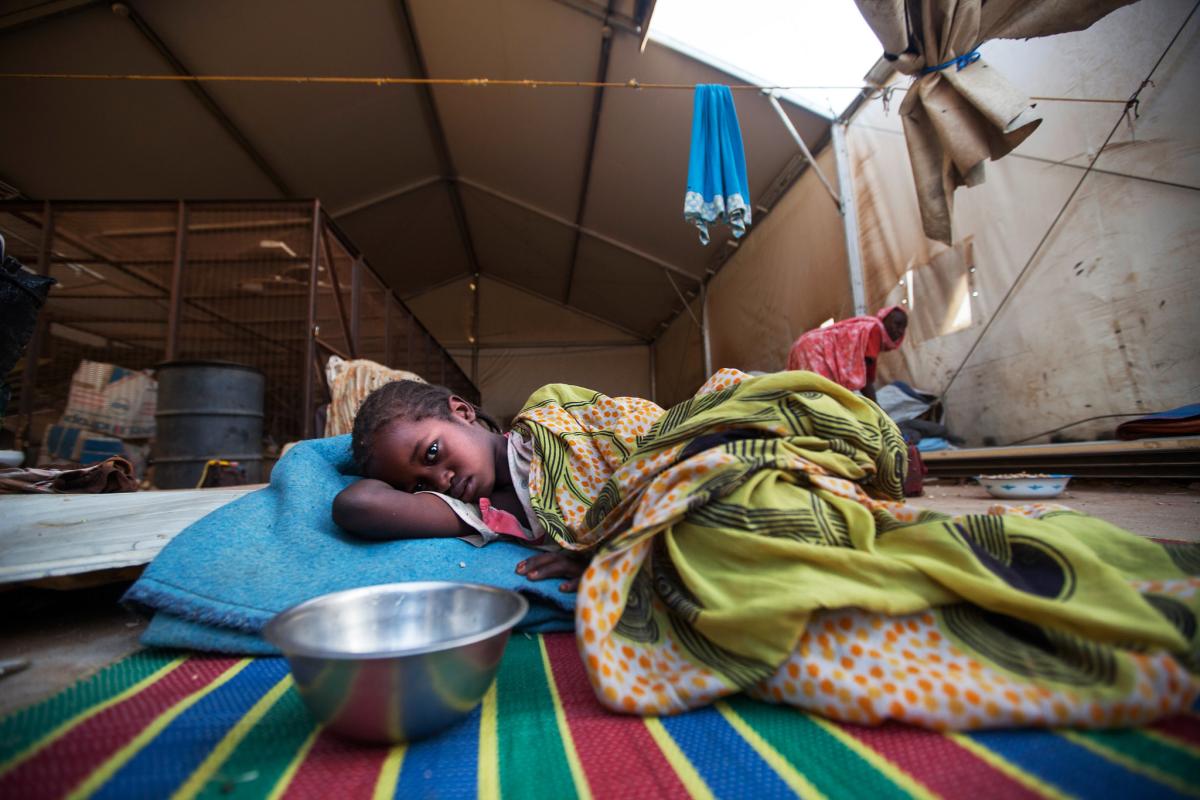
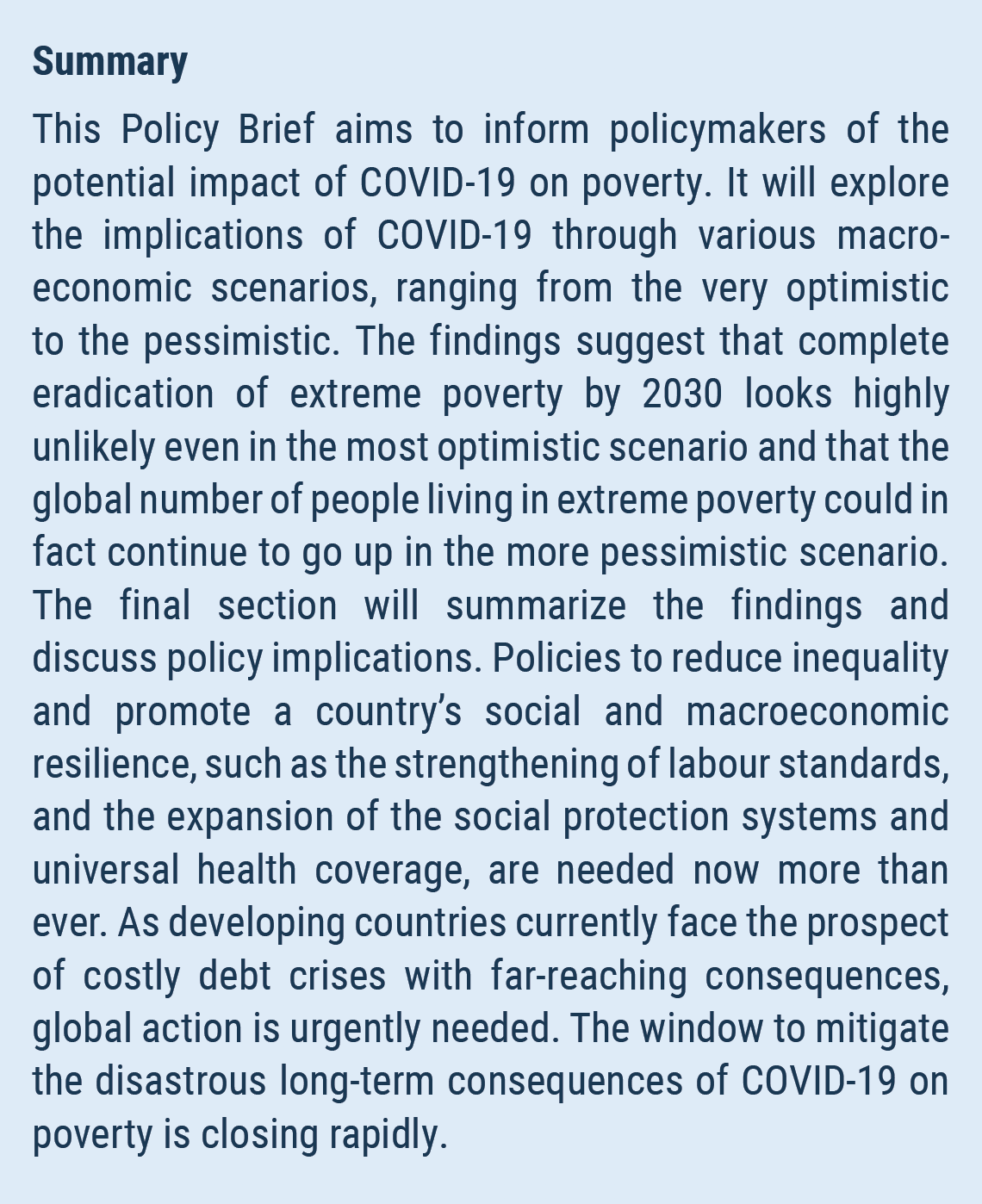 The COVID-19 pandemic and ensuing global economic crisis are on course to reverse years of gains in the reduction and alleviation of poverty, thus drastically undermining global efforts to meet the SDG deadline of eradicating extreme poverty by 2030.1 In the mid-2020 update of the World Economic Situation and Prospects (WESP), UNDESA estimated that over 34 million people will be pushed into extreme poverty this year alone. This is already very much on the optimistic end of forecasts—the World Bank now predicts that between 71 million and 100 million people will be pushed into extreme poverty this year, erasing almost all progress made in the last five years in the fight against extreme poverty. UNICEF and Save the Children warn that the pandemic could push 86 million children into poverty, an increase of 15 per cent relative to the baseline. As the pandemic is spreading across developing countries, the eradication of extreme poverty, currently affecting around 680 million people, seems nearly utopian. While extreme poverty is driven by many factors, a couple stand out in the current crisis. Plummeting economic growth is increasing poverty and exacerbating existing inequalities. Factories are shuttered, domestic demand is curtailed, investments are postponed, and global trade has fallen sharply, thus jeopardizing innumerable jobs. At the household level, unemployment and loss of income, and high healthcare expenditures are the most prominent reasons for people to slip into poverty. As such, people living in countries with a large informal sector, with poor or inaccessible healthcare and a weak social protection system are particularly at risk. Indeed, the ILO estimated that relative poverty among informal workers increased in the first month of the crisis by 56 percentage points in lower-middle- and low-income countries, and by over 62 per cent in Africa. Nearly all sectors have been hammered, but tourism and manufacturing stand out due to their importance to provide employment for low-skilled people in developing countries. Children in poor households also suffer disproportionally from the closure of schools, as they miss out on essential school meals and may find it harder to access digital learning in oftentimes overcrowded and poorly connected environments. In addition, girls may be required to take care of their younger siblings thereby missing school. The World Bank estimates that the current school closures will cause over 7 million primary and secondary students to drop out, substantially decreasing their expected lifetime earnings and drastically increasing their chances of living in poverty. Some 24 million additional children and youth may drop out or not have access to school next year due to the pandemic’s economic impact alone. Youth are also more likely to be in informal employment and in unemployment than adults. As living in poverty usually implies a greater exposure to COVID-19 and its economic impact, the crisis is, in effect, also bringing about a vicious cycle between growing poverty and inequality. Indeed, the most vulnerable have been hit the hardest by both lockdowns and the direct health threat of the pandemic, while people in high-skills service jobs in the formal sector are more likely to be able to work online from home and thus enjoy significantly more protection. The rich and middle-class are also expected to benefit the most from the gains from technological shifts following the crisis, while poor households are likely to remain trapped in poverty, enduring a lasting deterioration in income, health and educational outcomes. These risks, if not adequately addressed, could stunt social mobility and exacerbate inequality for years to come. A sudden spike in poverty and inequality from the current crisis will thus have long-lasting effects.
The COVID-19 pandemic and ensuing global economic crisis are on course to reverse years of gains in the reduction and alleviation of poverty, thus drastically undermining global efforts to meet the SDG deadline of eradicating extreme poverty by 2030.1 In the mid-2020 update of the World Economic Situation and Prospects (WESP), UNDESA estimated that over 34 million people will be pushed into extreme poverty this year alone. This is already very much on the optimistic end of forecasts—the World Bank now predicts that between 71 million and 100 million people will be pushed into extreme poverty this year, erasing almost all progress made in the last five years in the fight against extreme poverty. UNICEF and Save the Children warn that the pandemic could push 86 million children into poverty, an increase of 15 per cent relative to the baseline. As the pandemic is spreading across developing countries, the eradication of extreme poverty, currently affecting around 680 million people, seems nearly utopian. While extreme poverty is driven by many factors, a couple stand out in the current crisis. Plummeting economic growth is increasing poverty and exacerbating existing inequalities. Factories are shuttered, domestic demand is curtailed, investments are postponed, and global trade has fallen sharply, thus jeopardizing innumerable jobs. At the household level, unemployment and loss of income, and high healthcare expenditures are the most prominent reasons for people to slip into poverty. As such, people living in countries with a large informal sector, with poor or inaccessible healthcare and a weak social protection system are particularly at risk. Indeed, the ILO estimated that relative poverty among informal workers increased in the first month of the crisis by 56 percentage points in lower-middle- and low-income countries, and by over 62 per cent in Africa. Nearly all sectors have been hammered, but tourism and manufacturing stand out due to their importance to provide employment for low-skilled people in developing countries. Children in poor households also suffer disproportionally from the closure of schools, as they miss out on essential school meals and may find it harder to access digital learning in oftentimes overcrowded and poorly connected environments. In addition, girls may be required to take care of their younger siblings thereby missing school. The World Bank estimates that the current school closures will cause over 7 million primary and secondary students to drop out, substantially decreasing their expected lifetime earnings and drastically increasing their chances of living in poverty. Some 24 million additional children and youth may drop out or not have access to school next year due to the pandemic’s economic impact alone. Youth are also more likely to be in informal employment and in unemployment than adults. As living in poverty usually implies a greater exposure to COVID-19 and its economic impact, the crisis is, in effect, also bringing about a vicious cycle between growing poverty and inequality. Indeed, the most vulnerable have been hit the hardest by both lockdowns and the direct health threat of the pandemic, while people in high-skills service jobs in the formal sector are more likely to be able to work online from home and thus enjoy significantly more protection. The rich and middle-class are also expected to benefit the most from the gains from technological shifts following the crisis, while poor households are likely to remain trapped in poverty, enduring a lasting deterioration in income, health and educational outcomes. These risks, if not adequately addressed, could stunt social mobility and exacerbate inequality for years to come. A sudden spike in poverty and inequality from the current crisis will thus have long-lasting effects.
Growth, poverty and inequality scenarios
On a macroeconomic level, changes in the poverty rate can be decomposed into a growth component and a redistribution component. All else equal, economic growth helps lift families out of extreme poverty by boosting average household consumption. Similarly, inequality reductions allow households on the lower end of the income distribution to gain even when economic growth remains unchanged. Reduced inequality also raises the economic growth potential and even multiplies the benign effects of economic growth on poverty reduction, thus creating a double dividend for poverty. Sadly, the world is currently experiencing the complete opposite: widespread economic decline and increasing poverty and inequalities. The following scenarios estimate the effects of varying shocks to economic growth and income distribution for developing countries, with divergent recovery paths post-2021. Specifically, each scenario represents different assumptions about per capita GDP growth and changes in inequality in developing countries vis-à-vis their baseline forecasts from the WESP 2020 update, which projects a weighted 2021–2030 average of 3.9 per cent GDP per capita growth (bearing in mind that individual country forecasts differ widely) and unchanging inequality through 2030. The optimistic scenario assumes average GDP per capita growth in developing countries to be 3 percentage points above each country’s baseline—with a weighted average of 6.9 per cent per year—from 2021 until 2030 and a cumulative reduction of inequality of 25 per cent. (For context, there have only been observed inequality declines of this magnitude in fourteen developing countries since 1970.) This scenario would be plausible if a COVID-19 vaccine completely turns around the current prospects for developing countries and their policymakers manage to substantially boost pro-poor growth through stimulus spending. In contrast, the pessimistic scenario explores the alternative outcomes for a reduction in annual GDP per capita growth by 2 percentage points and an increase in inequality of 25 per cent in all developing countries. This scenario could materialize if the pandemic were to aggravate existing weaknesses for developing countries, such as high levels of debt, increasing business failures and bankruptcies, lack of fiscal space and weak educational systems, leading to long-term stagnation of productivity growth. To investigate the relative importance of growth versus inequality for poverty, a growth only scenario has also been modeled in which GDP per capita growth is raised to that of the optimistic scenario, but inequality is kept unchanged. This could happen if government stimulus in developing countries were to effectively turn the economic crisis around but fail to address structural sources of inequality. Finally, also included is a utopian poverty miracle scenario of unprecedented average GDP per capita growth of nearly 10 per cent per year and a spectacular reduction in inequality in all developing countries. 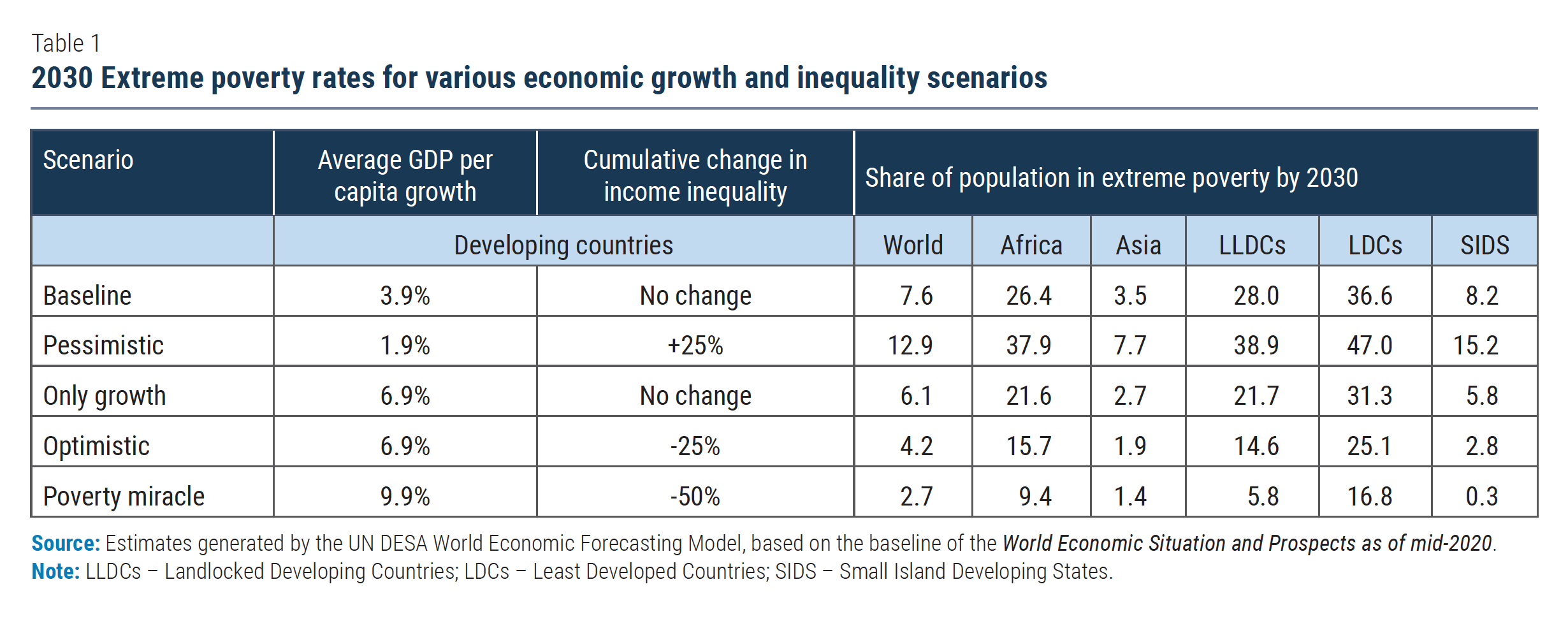 Table 1 shows the extreme poverty rates in 2030 (the SDG target date) for each of the above scenarios for various regions of interest. The first row shows the baseline from the World Economic Situation and Prospects as of mid- 2020 for comparison. As can be seen by comparing the different scenarios against the baseline, growth and inequality matter a lot for poverty. While the baseline predicts a global extreme poverty rate of nearly 8 per cent in 2030, the scenarios provide a generous margin ranging from just over 4 per cent in the optimistic scenario to nearly 13 per cent in the pessimistic scenario. Without reductions in inequality it will be virtually impossible to eradicate poverty, as shown by the estimates for the ‘only growth’ scenario, where the share of population remains two percentage points higher than in the optimistic scenario that combines higher growth with significantly reduced inequality. Sadly, it can also be concluded from this exercise that even unprecedented growth and inequality reductions (the poverty miracle scenario) will not suffice to fully eradicate poverty by 2030—nearly 3 per cent of the world population will remain in poverty. Africa, the least developed countries (LDCs) and especially the landlocked developing countries (LLDCs) could benefit the most from reductions in inequality, as can be seen when comparing the growth only and optimistic scenario. While the extreme poverty headcount rate for LLDCs would fall from a baseline of 28 per cent to 22 per cent under the growth only scenario, additional reductions in inequality would drive it down further to just 15 per cent, reaffirming the importance of both drivers of poverty. Notably, extreme poverty is highly situation-specific, with a few dozen countries, mainly LLDCs and LDCs, accounting for the vast majority of the world’s extreme poor. In the most pessimistic scenario, over one in three people living in Africa and nearly one in two living in LDCs will still be in extreme poverty by the 2030 SDG target date.
Table 1 shows the extreme poverty rates in 2030 (the SDG target date) for each of the above scenarios for various regions of interest. The first row shows the baseline from the World Economic Situation and Prospects as of mid- 2020 for comparison. As can be seen by comparing the different scenarios against the baseline, growth and inequality matter a lot for poverty. While the baseline predicts a global extreme poverty rate of nearly 8 per cent in 2030, the scenarios provide a generous margin ranging from just over 4 per cent in the optimistic scenario to nearly 13 per cent in the pessimistic scenario. Without reductions in inequality it will be virtually impossible to eradicate poverty, as shown by the estimates for the ‘only growth’ scenario, where the share of population remains two percentage points higher than in the optimistic scenario that combines higher growth with significantly reduced inequality. Sadly, it can also be concluded from this exercise that even unprecedented growth and inequality reductions (the poverty miracle scenario) will not suffice to fully eradicate poverty by 2030—nearly 3 per cent of the world population will remain in poverty. Africa, the least developed countries (LDCs) and especially the landlocked developing countries (LLDCs) could benefit the most from reductions in inequality, as can be seen when comparing the growth only and optimistic scenario. While the extreme poverty headcount rate for LLDCs would fall from a baseline of 28 per cent to 22 per cent under the growth only scenario, additional reductions in inequality would drive it down further to just 15 per cent, reaffirming the importance of both drivers of poverty. Notably, extreme poverty is highly situation-specific, with a few dozen countries, mainly LLDCs and LDCs, accounting for the vast majority of the world’s extreme poor. In the most pessimistic scenario, over one in three people living in Africa and nearly one in two living in LDCs will still be in extreme poverty by the 2030 SDG target date. 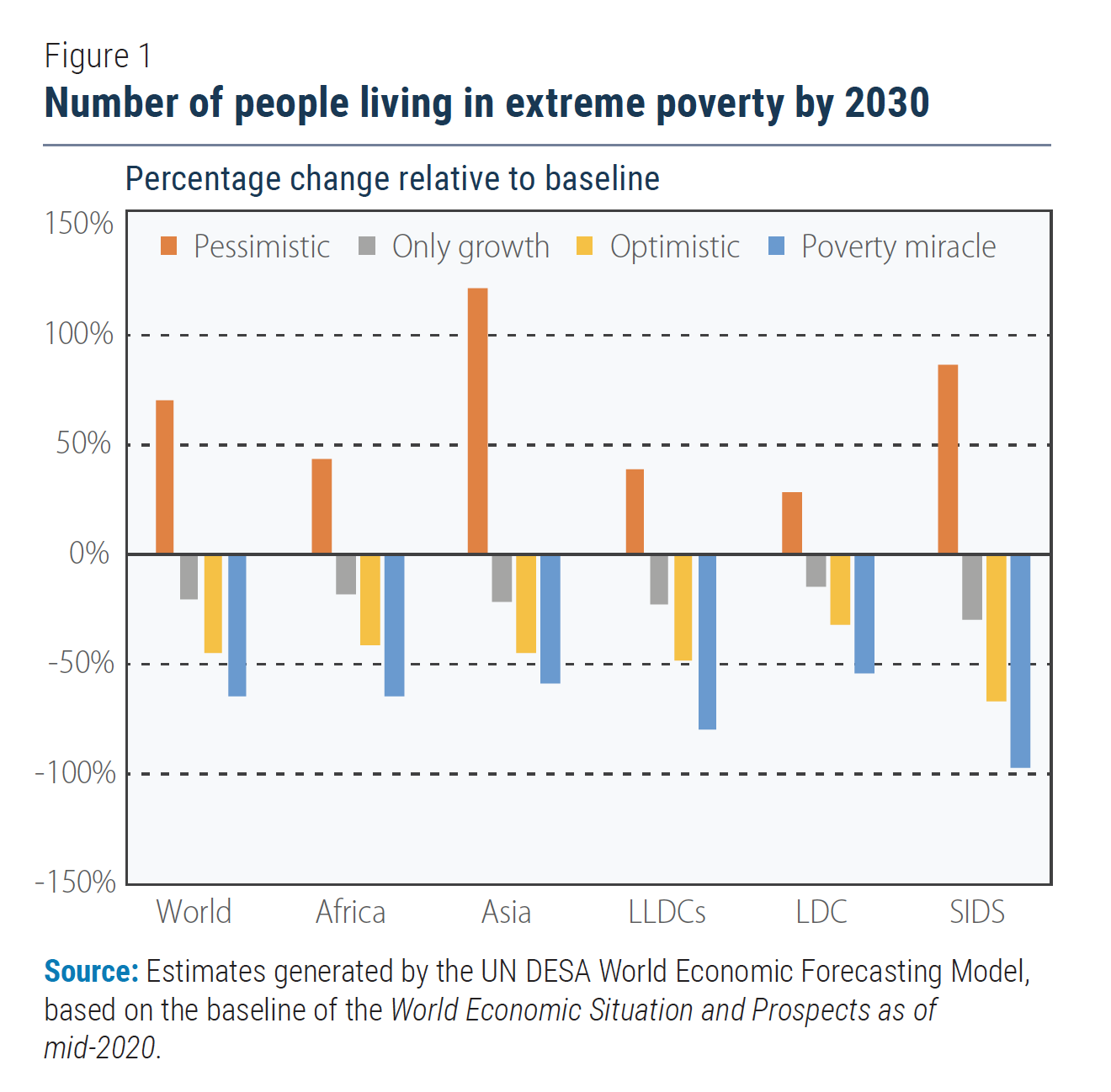 Figure 1 compares the impact of the various scenarios against the baseline for each of the regions in the table above. As the figure shows, Asia and the Small Island Developing States (SIDS) stand to lose the most from growing inequality and a deceleration in growth under the pessimistic scenario, with the number of people living in poverty in Asia more than doubling against the baseline. The projected gains in the more optimistic scenarios, however, would be highest in LLDCs and again the SIDS. The number of people living in extreme poverty in the SIDS by 2030 could fall by two thirds in the optimistic scenario and by nearly 100 per cent in the poverty miracle scenario. The range of the estimates presented above corresponds to hundreds of millions of people living in extreme poverty, even in the rosiest scenario. This is illustrated in Figure 2, which tracks the evolution of the total number of people living in extreme poverty during the United Nations Decade of Action to deliver the SDGs under the various scenarios. The figure confirms the earlier observation that growth alone will not be sufficient to completely eradicate poverty. Indeed, even the optimistic and utopian scenarios still have hundreds of millions of people living in extreme poverty. This would represent a significant improvement over the 2020 starting point of nearly 700 million people in extreme poverty, but it would be nowhere near complete eradication. On the other hand, over 1.1 billion people (13 per cent of the world population) would end up in extreme poverty by the end of the decade in the pessimistic scenario. This would wipe out all the gains of the past decade, causing unimaginable hardship along the way.
Figure 1 compares the impact of the various scenarios against the baseline for each of the regions in the table above. As the figure shows, Asia and the Small Island Developing States (SIDS) stand to lose the most from growing inequality and a deceleration in growth under the pessimistic scenario, with the number of people living in poverty in Asia more than doubling against the baseline. The projected gains in the more optimistic scenarios, however, would be highest in LLDCs and again the SIDS. The number of people living in extreme poverty in the SIDS by 2030 could fall by two thirds in the optimistic scenario and by nearly 100 per cent in the poverty miracle scenario. The range of the estimates presented above corresponds to hundreds of millions of people living in extreme poverty, even in the rosiest scenario. This is illustrated in Figure 2, which tracks the evolution of the total number of people living in extreme poverty during the United Nations Decade of Action to deliver the SDGs under the various scenarios. The figure confirms the earlier observation that growth alone will not be sufficient to completely eradicate poverty. Indeed, even the optimistic and utopian scenarios still have hundreds of millions of people living in extreme poverty. This would represent a significant improvement over the 2020 starting point of nearly 700 million people in extreme poverty, but it would be nowhere near complete eradication. On the other hand, over 1.1 billion people (13 per cent of the world population) would end up in extreme poverty by the end of the decade in the pessimistic scenario. This would wipe out all the gains of the past decade, causing unimaginable hardship along the way.
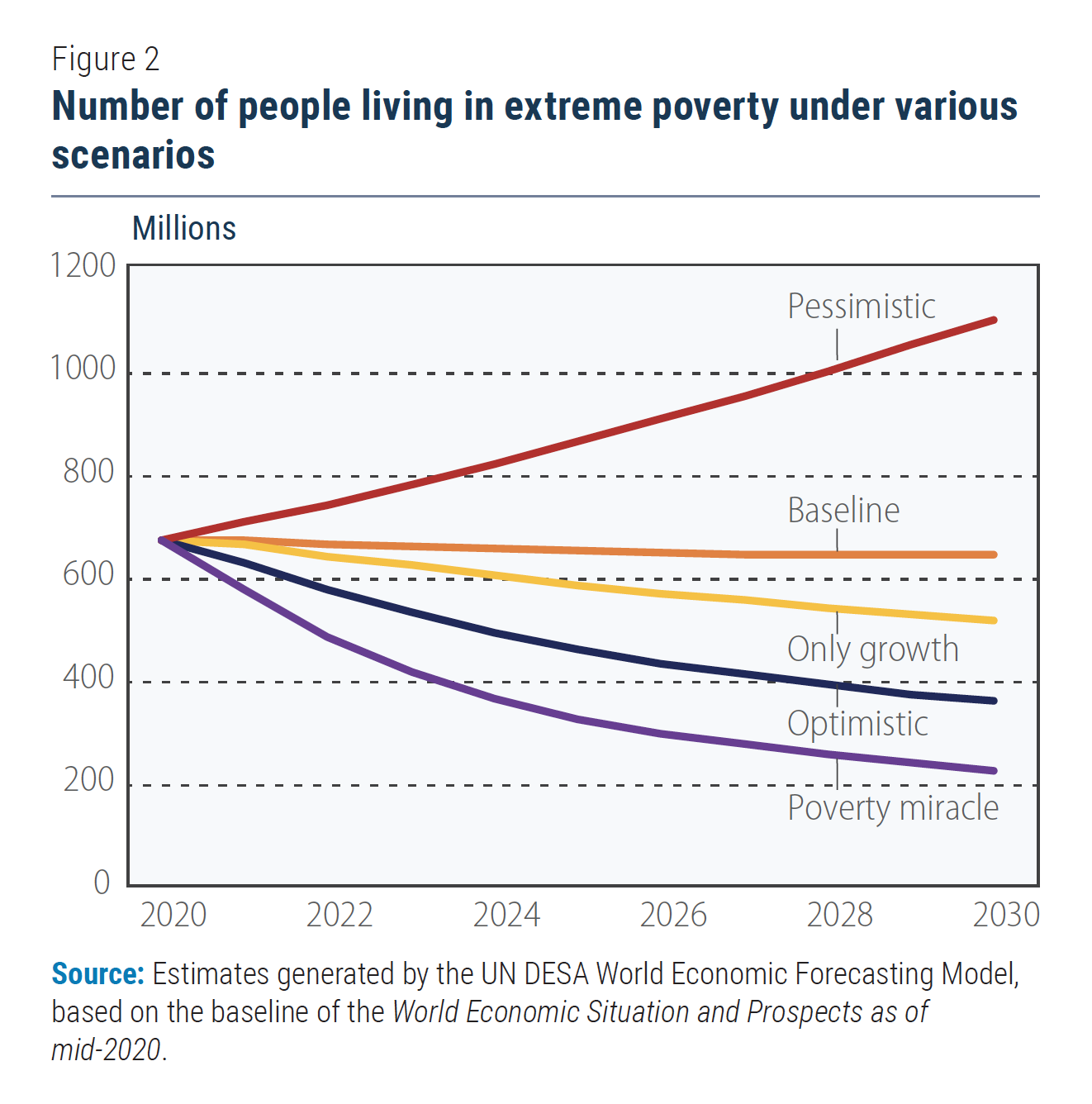 Policy implications
Policy implications
While the above scenarios reflect a significant range of uncertainty around the baseline poverty forecasts, some key observations come out clearly. First and foremost, both accelerated economic growth and reductions in inequality are needed to bring down poverty, but complete eradication of extreme poverty looks highly unlikely even under the most optimistic assumptions. Second, extreme poverty is, and will most likely remain, highly concentrated in a relatively small proportion of the countries of the world. A stagnation in economic growth and a rise in inequality can easily push countries with persistent poverty, such as the LDCs, further behind. LLDCs and the SIDS, on the other hand, stand to gain the most in the more optimistic scenarios, with complete poverty eradication almost within reach for the SIDS. Future research will therefore need to establish for each country or group of countries what policies can achieve the required combinations of growth and inequality and provide the highest return on poverty alleviation, given their particular constraints. Third, it is no longer unimaginable that the global number of people living in extreme poverty will continue to go up in the coming years, pulling hundreds of millions of people into extreme vulnerability, if the horrendous consequences of the pandemic for developing countries are not effectively managed. These circumstances call for greatly accelerated global action. Policymakers in developing countries, especially in LLDCs and LDCs, simply cannot do this alone. Now is not the time to turn away from international development cooperation. COVID-19 has reinforced the need for global cooperation and collaboration, both for immediate response and for longer-term recovery. Addressing high (and oftentimes rising) levels of inequality— including those inequalities in opportunities, consumption and wealth—should be the highest priority, as it has the advantage of directly lifting people out of poverty and boosting countries’ growth potential, while creating resilience against shocks, as the current crisis has made painfully clear. Moreover, the current crisis has highlighted the need to implement far-reaching policies such as tax reforms, the strengthening of labour standards, and the expansion of the social protection systems and universal health coverage. The crisis should equally allow policymakers to consider other bold, inequality-reducing and growthinducing policies, such as affordable childcare, revamping public education and the promotion of innovative and green industries. Priority should be given to policies that offer the highest “bang for the buck”, such as those addressing systemic inequalities in access to the labour market, education, healthcare and essential services. Indeed, the timing might never be more opportune for many of these policies to be realized. Previous crises have often led to major social transformations, such as the implementation of the New Deal during the Great Depression and the expansion of the welfare state in European societies after the Second World War. In order to do so this time, however, policymakers would need vastly more fiscal space than they currently have at hand. As the crisis dampens fiscal revenues while expenses skyrocket, policymakers in developing countries often have no choice but to reverse such vitally needed investments. Already fragile developing countries now face the prospect of costly debt crises, which will depress future growth, increase inequality and create a fertile breeding ground for widespread unrest. The effects of the crippling debt overhang of developing countries could have additional negative consequences, as political unrest spills across borders and global financial stability suffers, further undermining global economic growth. If global action fails and these bleak scenarios come to be, the credibility of the multilateral system would be tarnished, undermining the potential of coordination to address any or all of these interrelated global crises. There is therefore a critical need for creditors— both public and private—to coordinate actions to alleviate the excessive debt burden for developing countries. This is not only in the interest of the extreme poor in debtor countries but also of creditors and indeed the whole of humanity. Failure to do so will have dire consequences.
 Welcome to the United Nations
Welcome to the United Nations
